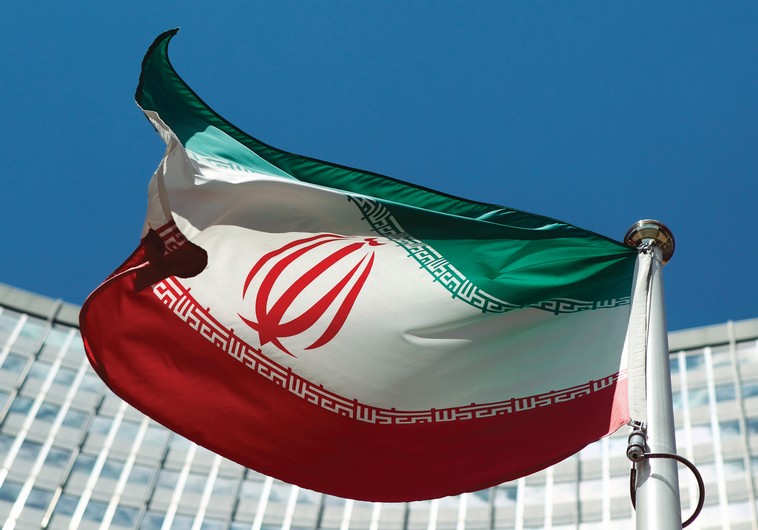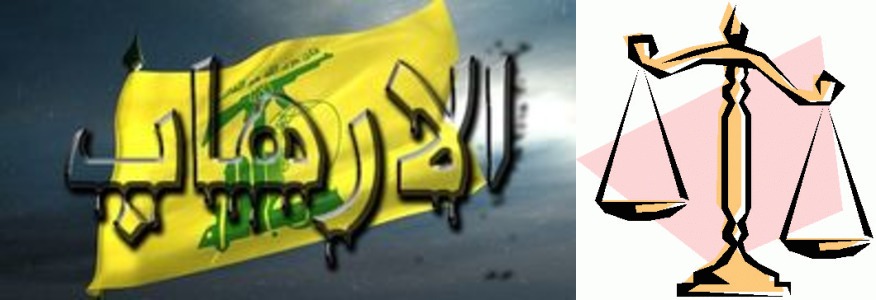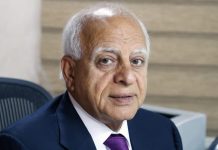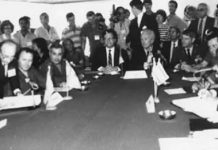The Saudi Defense
Abdulrahman Al-Rashed/ASharq Al Awsat
Thursday, 23 Apr, 2015
Two days before the announcement of the end of Operation Decisive Storm, fires were still burning across Yemen and explosions could be heard in the mountainous areas around the Yemeni capital Sana’a. The coalition’s jets raced against time to destroy warehouses of heavy weaponry and ballistic missiles. The Houthis would, no doubt, have used these arms to shell cities in southern Saudi Arabia like Jizan, Abha and Najran. There were also fears that the Houthis were in possession of Scud missiles whose greater range would have allowed them to strike Jeddah. The Saudi-led coalition’s airstrikes ended after all the major threats were eliminated, specifically the Houthis ballistic missile stores. However airstrikes may resume in order to pursue armed groups or support the Popular Committees backing legitimate President Abd Rabbuh Mansur Hadi. During the crisis, Iran sought to repeat its experience in southern Lebanon, namely by backing an armed group in Yemen whose mere presence represents a threat to southern Saudi Arabia.
The Houthis are nothing more than a clone of Lebanon’s Hezbollah group and the Yemeni militia aims to dominate through the force of arms in precisely the same manner as its Lebanese sibling. When the Houthis took over the Yemeni capital, they seized its missile system. At this point, the militia became a direct threat to Saudi Arabia and it was incumbent on Riyadh to deal with it. By destroying the Houthis command and control centers, lines of communication, arms and military facilities, Operation Decisive Storm has completed its objectives. The UN Security Council’s recent resolution banning the arming of militias in Yemen resulted in an international naval siege on Yemeni ports across its 1,900 km coastline in order to prevent the Iranians from providing the Houthis with arms.
The other important development is US President Barack Obama’s statement warning the Iranians against any attempt to provide support to Yemen’s armed militias. In addition, the US navy has even begun to search ships entering Yemen suspected of bringing in arms from the Islamic Republic. Following all this, it is now possible to assist Yemen’s resistance forces to support the legitimate government to liberate the areas under control of the Houthis and forces loyal to ex-president Ali Abdullah Saleh. Secondly, this also opens the door for talks leading to a peaceful solution. I believe that if Saleh can be eliminated from the new political formula then reconciliation will be possible based on the Gulf Initiative. After all, the Houthis initially accepted this, before later joining Saleh in rejecting the initiative.
The objective of the military intervention in Yemen is not to eliminate rivals but to push them towards accepting a compromise solution. By ending the air strikes early, abstaining from a ground invasion, supporting the forces of Yemen’s legitimate government and giving a political solution a chance, Saudi Arabia has shown true wisdom towards resolving the Yemeni crisis.
وقف التهديد من نجران إلى جدة
عبد الرحمن الراشد/الشرق الأوسط/23 نيسان/15
قبل يومين من إعلان المتحدث العسكري في الرياض عن نهاية المرحلة الأولى، «عاصفة الحزم»، كانت النيران تشاهد، والانفجارات المتسلسلة تسمع في جبل فج عطان، في أطراف العاصمة صنعاء. فقد سابقت المقاتلات الجويّة الوقت لتدمير مخازن الأسلحة الثقيلة، والصواريخ الباليستية مثل صواريخ «سكود بي»، التي كان يتوقع أن يستخدمها الحوثيون لقصف المدن الجنوبية السعودية، مثل جيزان وأبها ونجران، ويخشى من حيازتهم أيضًا «سكود دي»، التي يتجاوز مداها مدينة جدة لو أطلقت من صنعاء. انتهت الحرب الجوية بعد إزالة الخطر الرئيسي، كما أعلن البيان الرسمي، وفي مقدمته الصواريخ الباليستية هذه. القصف قد يستأنف إن اضطر العسكريون إلى ملاحقة جماعات مسلّحة أو دعم عمليات المقاومة. لقد سعت إيران لتكرار تجربتها في جنوب لبنان، بإقامة جماعة مسلحة تهدد بشكل مستمر جنوب المملكة العربية السعودية. فميليشيات «أنصار الله» الحوثية هي نموذج مستنسخ عن «حزب الله» في لبنان، ينوي الهيمنة على اليمن، وتهديد الجارة الشمالية. عندما استولى الحوثيون على العاصمة اليمنية، قاموا بالاستيلاء على منظومة الصواريخ. هنا صارت ميليشيات «أنصار الله» الحوثية تشكل خطرًا علَى السعودية وليست مشكلة لليمنيين وحدهم. بتدمير مراكز السيطرة والاتصال، والمخازن، والأسلحة الثقيلة، وسلاح الجو، والمرافق العسكرية، لم تعد هناك أهداف كثيرة لعاصفة الحزم. أيضًا، ساهم إصدار قرار مجلس الأمن الأخير بحظر تسليح المتمردين، في فرض حصار دولي بحري على الموانئ اليمنية، على طول الساحل اليمني البالغ ألفًا وتسعمائة كيلومتر، لمنع الإيرانيين من تزويد الحوثيين بالأسلحة وتقليم أظافرهم. والتطور المهم الآخر إعلان الرئيس الأميركي باراك أوباما أنه حذّر الإيرانيين من أي محاولة لتقديم الدعم للمتمردين في اليمن، وباشرت البحرية الأميركية بتفتيش السفن التي يشتبه في أنها تحمل أسلحة من إيران إلى اليمن. بهذا صار المجال مفتوحًا لوظيفتين أساسيتين، دعم المقاومة اليمنية الموالية للحكومة لإعادة تحرير المناطق التي احتلها الحوثيون وهيمنت عليها قوات صالح، والثانية فتح الباب للحل السلمي. وفي تصوري أنه في حال إقصاء الرئيس المعزول صالح من المعادلة السياسية الجديدة، فإن المصالحة السياسية ستصبح ممكنة في ظل المبادرة الخليجية، التي قبل بها ثم انقلب عليها الحوثيون والمعزول صالح. ويبقى الهدف من استخدام القوة العسكرية ليس القضاء على الخصوم، بل دفعهم نحو المصالحة. أظهرت السعودية حكمة في معالجة الأزمة اليمنية، بإنهائها الحرب الجوية مبكرًا والامتناع عن الدخول في حرب برية، ودعم قوات الحكومة الشرعيّة، أي المقاومة، وإعطاء الحل السياسي فرصته.






















